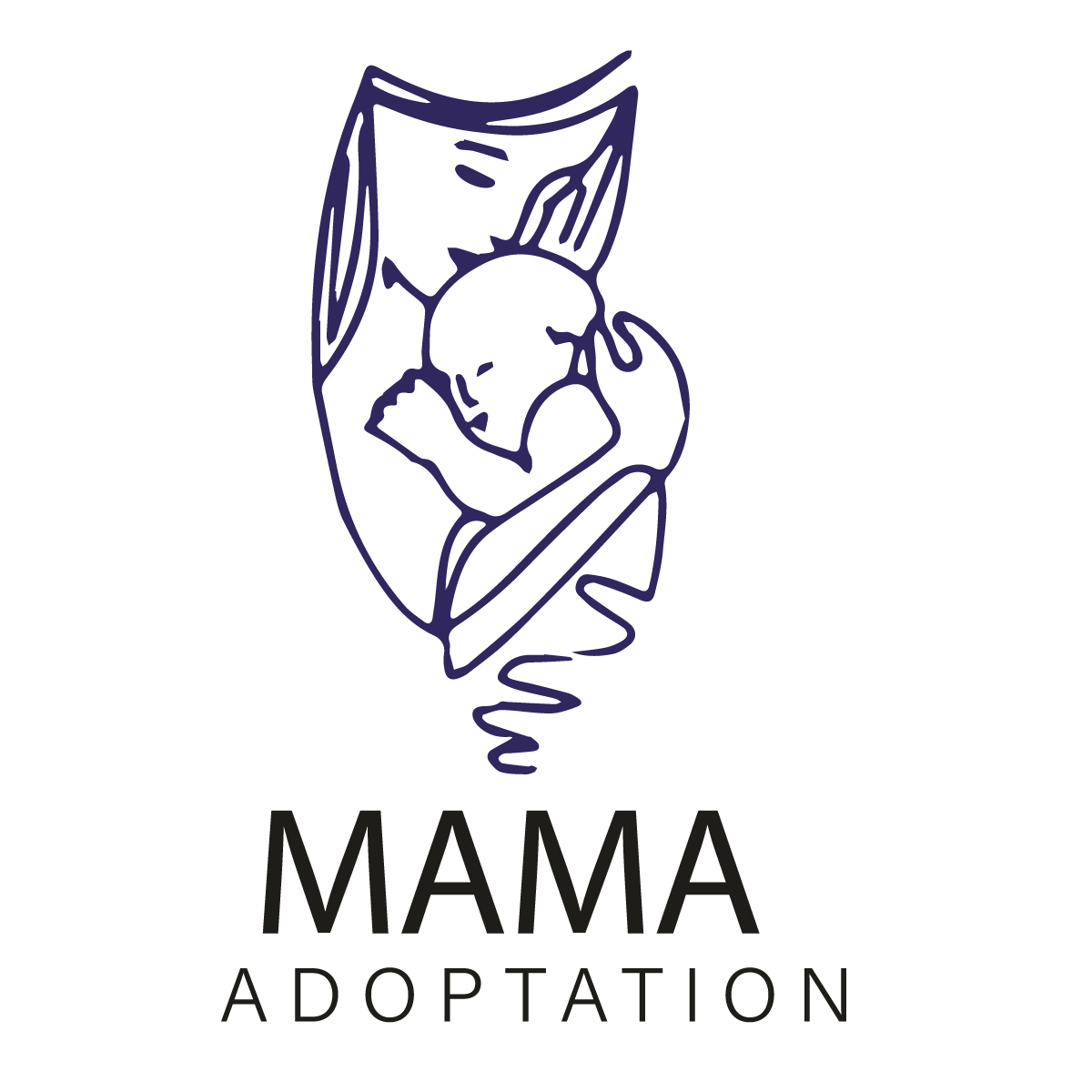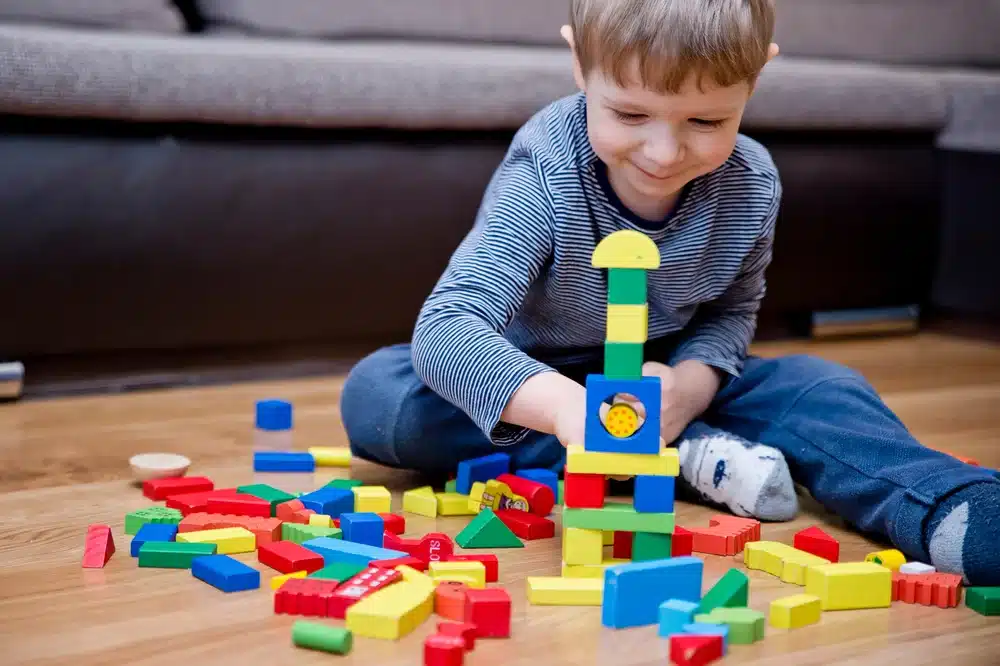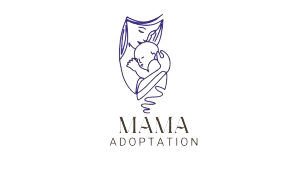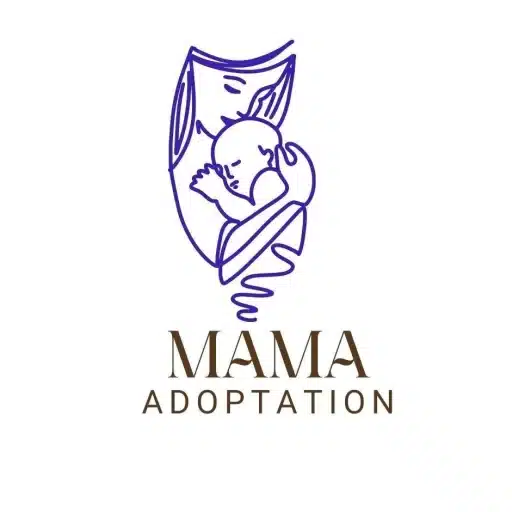Baby hand-eye coordination is a crucial aspect of a child’s growth and development. It lays the foundation for various physical and cognitive abilities, enabling them to perform tasks effectively. In this comprehensive guide, we will delve into the significance of baby hand-eye coordination, explore the developmental milestones associated with it, and discuss strategies to promote its development. By understanding and actively supporting your baby’s hand-eye coordination, you can enhance their overall growth and success.
What is Baby Hand-Eye Coordination?
Baby hand-eye coordination refers to the ability to synchronize visual information with hand movements. It involves a series of processes starting with the eyes perceiving an object or task, the brain processing this information, and the hands executing the desired action. When these processes work harmoniously, it becomes a seamless and automatic experience. However, during early childhood, the development of hand-eye coordination is a learning journey that requires time and practice.
The Journey of Hand-Eye Coordination Milestones
Each child develops at their own pace, but there are general milestones that most children tend to achieve within specific age ranges. It is important to note that these milestones serve as a rough guide, and variations can occur among individual children. Here is an overview of the hand-eye coordination milestones:
0 – 6 Months:
During this stage, babies begin to explore their surroundings by reaching out and grasping objects. They may pass objects between their hands, developing their hand-eye coordination.
6 – 12 Months:
Around this age, babies start using their thumb and forefinger to pick up smaller objects, which is known as the pincer grip. This milestone further enhances their hand-eye coordination.
1 – 2 Years:
Between the ages of 1 and 2, children progress to stacking blocks, holding a pencil, and using a spoon. These activities require more precise hand movements, improving their hand-eye coordination.
2 – 3 Years:
At this stage, children begin drawing circles or simple shapes, turning pages of a paper book, and gaining better control over a ball. These activities further refine their hand-eye coordination skills.
3 – 5 Years:
During this phase, children develop better control of cutlery, demonstrate intention by precisely placing small objects, and begin to write. These activities demand more advanced hand-eye coordination.
5 – 7 Years:
Between the ages of 5 and 7, children refine their hand-eye coordination by coloring within the lines, mastering the skill of buttoning and unbuttoning, and actively participating in sports.
It is essential to remember that these milestones provide a general framework, and individual variations are normal. As a parent, you are the best judge of your child’s progress. If you feel that your child is significantly lagging behind these milestones, it is advisable to seek guidance from a healthcare professional.
Read also: Development Milestone for Babies & Toddlers by Age
The Complex Nature of Hand-Eye Coordination

Hand-eye coordination is not a solitary skill but is intertwined with various other aspects of a child’s development. Understanding these interconnected cognitive processes can help identify potential issues and provide appropriate support. Here are some key elements associated with hand-eye coordination:
Visual Discrimination:
Visual discrimination is the ability to differentiate between individual objects and perceive their details. This skill plays a vital role in hand-eye coordination as it enables children to identify and interact with specific objects.
Visual Tracking:
Visual tracking involves the ability to locate and follow objects with the eyes. It allows children to visually track moving objects and efficiently coordinate their hand movements to interact with them.
Vestibular System:
The vestibular system is responsible for maintaining balance and coordination. A well-developed vestibular system contributes to better hand-eye coordination as it helps children maintain stability while engaging in physical activities.
Fine Motor Skills:
Fine motor skills involve the use of small muscles to manipulate objects. Developing fine motor skills is crucial for precise hand movements and accurate hand-eye coordination.
Gross Motor Skills:
Gross motor skills refer to the coordination of larger muscle groups to perform physical activities. Strong gross motor skills contribute to better reach and grasp movements, enhancing hand-eye coordination.
Proprioception:
Proprioception is the awareness of body movement and positioning. It allows children to understand how their body moves and how to control their limbs during hand-eye coordination tasks.
When these cognitive processes work together harmoniously, children can improve their hand-eye coordination and overall development. It is important to note that the brain is highly adaptable, and even in adulthood, individuals can actively work on improving their hand-eye coordination through consistent practice and repetition.
Strategies to Promote Baby Hand-Eye Coordination

Play is a powerful tool for supporting a child’s physical and cognitive development, including hand-eye coordination. By engaging in interactive play with your baby, you can provide them with opportunities to enhance their grasping, manipulating, and hand-eye coordination skills. Here are some strategies to promote baby hand-eye coordination:
1. Interactive Ball Play:
Once your baby is able to sit up, encourage them to roll a ball back and forth between you. This simple activity serves as a foundation for developing hand-eye coordination. Ball skills, in general, engage various muscle groups and cognitive processes, making them an excellent tool for promoting hand-eye coordination.
2. Join After-School Clubs or Sports Groups:
When your child is old enough, consider enrolling them in after-school clubs or local sporting clubs. These activities provide structured environments where children can further refine their hand-eye coordination through various sports and games.
3. Incorporate Everyday Activities:
Integrate hand-eye coordination activities into your everyday routines. For example, teach your child to catch and throw a ball, kick a ball, bounce a ball, or play catch. These actions require concentration, muscle control, and hand-eye coordination.
4. Provide Sensory Play Opportunities:
Engage your baby in sensory play activities that involve grasping and manipulating objects of different textures, shapes, and sizes. This type of play stimulates their senses and enhances their hand-eye coordination.
5. Offer Building and Stacking Toys:
Toys such as blocks and stacking cups can help develop hand-eye coordination. Encourage your child to build towers, stack objects, and explore different ways of manipulating these toys.
6. Arts and Crafts:
Engaging in arts and crafts activities can improve hand-eye coordination. Encourage your child to draw, color, cut with child-safe scissors, and engage in other craft projects that involve precise hand movements.
7. Provide Safe Exploration Opportunities:
Allow your baby to explore their environment and manipulate objects within a safe and supervised setting. This hands-on exploration helps develop their hand-eye coordination and spatial awareness.
8. Seek Professional Guidance if Needed:
If you have concerns about your child’s hand-eye coordination or if they are significantly lagging behind the milestones, consult with a healthcare professional. They can assess your child’s development and provide appropriate guidance and support.
It is crucial to remember that promoting hand-eye coordination is not about pushing your child to achieve specific milestones at a certain age. Every child is unique and will progress at their own pace. The key is to create a supportive and stimulating environment that allows them to explore and develop their skills naturally.
Additional Resources for Baby Development
The National Health Service (NHS) provides a wealth of information and resources to support baby development. The “Baby Moves” section of the NHS’s “Start 4 Life” initiative offers valuable insights and ideas to encourage your little ones’ movement and development. You can explore their website at NHS Baby Moves. Additionally, consider exploring after-school clubs, local sporting clubs, or specialized programs like Ball Bubbas that focus on developing hand-eye coordination and other essential skills.
Conclusion
Baby hand-eye coordination is a crucial aspect of their growth and development. By understanding the milestones and the interconnected cognitive processes, you can actively support your baby’s hand-eye coordination journey. Through play, exploration, and engaging activities, you can promote the development of their hand-eye coordination skills. Remember to create a nurturing environment that allows your child to develop at their own pace while enjoying the process. Embrace the special moments and have fun as you witness your baby’s growth and progress.









